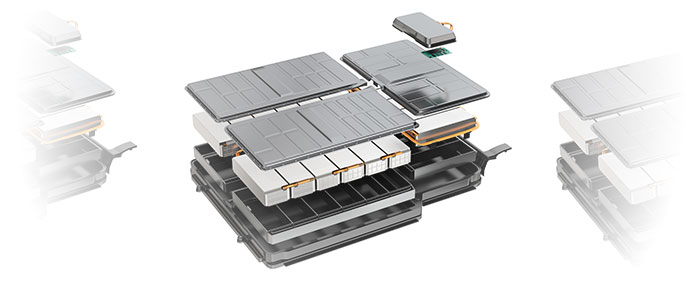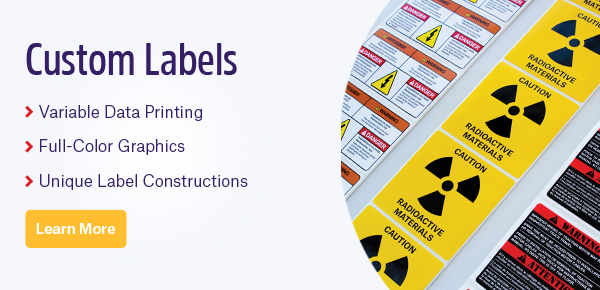 With climate change currently dominating the automotive landscape, electric cars have experienced an exponential rise in popularity. The rise in demand has come with the need to produce and ship a higher output of EV car batteries to supply car manufacturers with the parts they need to satisfy customers. With so much on the line, it’s worth revisiting what you need to know about shipping and labeling these types of batteries.
With climate change currently dominating the automotive landscape, electric cars have experienced an exponential rise in popularity. The rise in demand has come with the need to produce and ship a higher output of EV car batteries to supply car manufacturers with the parts they need to satisfy customers. With so much on the line, it’s worth revisiting what you need to know about shipping and labeling these types of batteries.
Lithium-ion batteries are classified as hazardous materials
Unlike standard batteries (like typical AA or AAA batteries), lithium batteries contain a flammable electrolyte at a relatively high density, which makes them a risk to light on fire during transport. They can easily overheat and ignite under certain conditions, and once ignited, lithium fires are notoriously difficult to stomp out. These batteries can even experience thermal runaway, a reaction that releases energy and stored gas, potentially causing an explosion. This is especially dangerous during transit, as the explosion can ignite other batteries, leading to large-scale, severe thermal destruction. Because of the hazardous nature of EV batteries, specialized packaging with non-combustible, non-conductive, and absorbent material is needed to ship them safely.
There is more than one body that regulates EV battery transport
Several regulatory bodies oversee the transportation of EV batteries:
- UN: The United Nations (UN) regulates EV battery transport through the UN Recommendations on the Transport of Dangerous Goods, also known as the UN Model Regulations. This provides a framework for the packaging, labeling, marking, classification, and documentation of hazardous goods, including EV batteries.
- ICAO: The International Civil Aviation Organization (ICAO) Technical Instructions for the Safe Air Transport of Dangerous Goods provides requirements for the aerial transport of hazardous goods, such as EV batteries.
- IMDG: Similar to the ICAO guidelines, the International Maritime Dangerous Goods (IMDG) Code provides a standard for the sea-borne transport of batteries and other dangerous materials.
- ISO/IEC: The ISO/IEC 17025 standard is used to establish competence for battery testing facilities. It ensures all personnel, equipment, and workflows meet specific management criteria to carry out its activities effectively and safely.
- Federal and local governments: It’s always worth verifying local and federal government regulations when planning to move hazardous materials like EV batteries. For instance, Transport Canada regulates EV battery shipping via the Transportation of Dangerous Goods Act of 1992, the Transport of Dangerous Goods Regulations, the Canadian Environmental Protection Act of 1999, and the Cross-Border Movement of Hazardous Waste and Hazardous Recyclable Material Regulations (SOR/2021-25).
They should be identified with acid-resistant labels
Like other car batteries, EV batteries must be labeled with all pertinent information. Permanent acid-resistant labels are recommended for this purpose. Though labels for EV batteries are similar compared with those for standard gas-powered car batteries, there are a few differences. The type of battery must be clearly labeled, with some differences depending on whether it’s an electric or hybrid vehicle. In both cases, the recharge time, driving range, and fuel consumption must be listed, whereas hybrid batteries must be labeled with the fuel consumption in electric and gasoline-only modes. All EV car batteries should also come with a fuel economy and greenhouse gas rating (the wording may change depending on which country the battery is produced in), along with an annual fuel cost per distance. Finally, a QR code should be included on the battery, which can provide additional online information about the battery and the vehicle when scanned.

